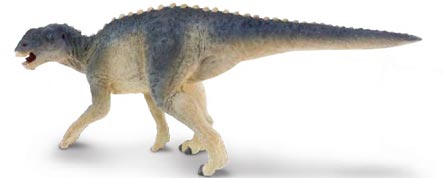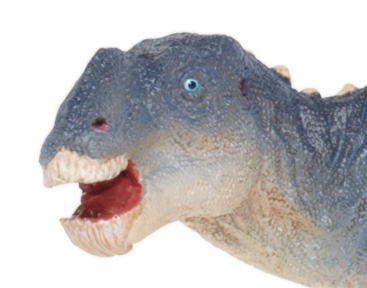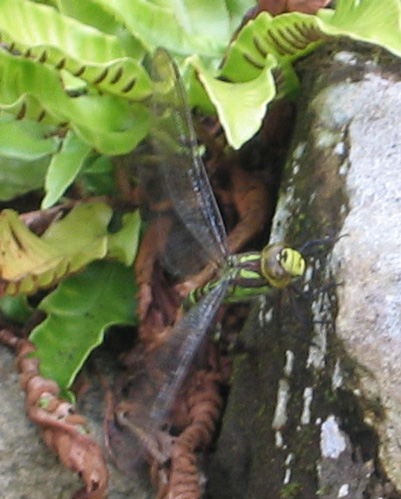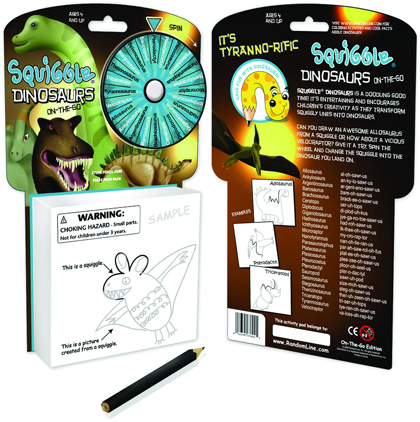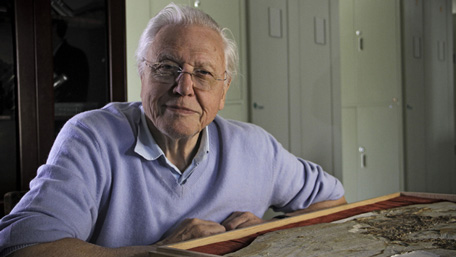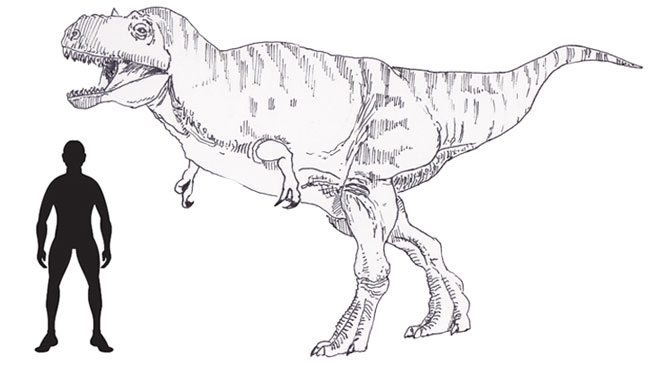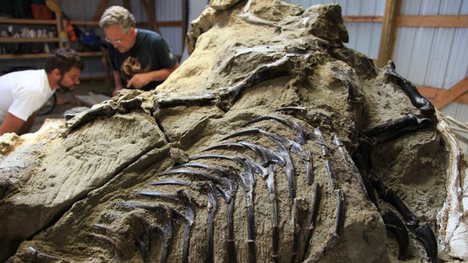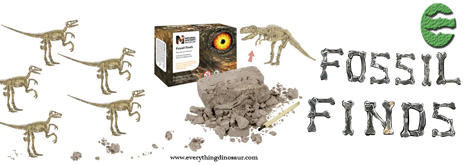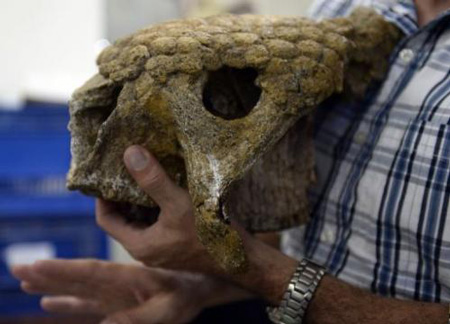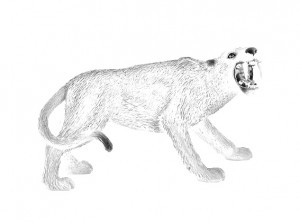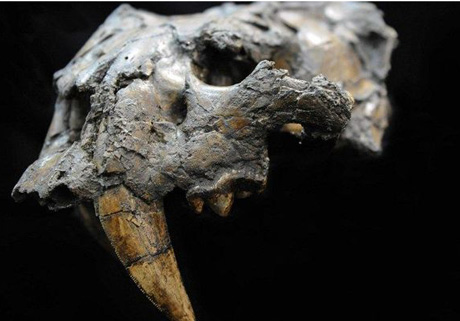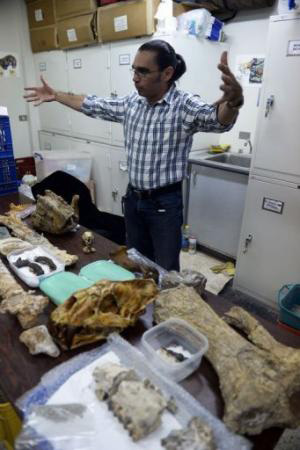The Wild Safari Dinos Gryposaurus Dinosaur Model Reviewed
Everything Dinosaur Reviews Gryposaurus (Safari Ltd)
Included within the excellent Wild Safari Dinos and Prehistoric Life range is this fascinating model of the hadrosaur known as Gryposaurus. This dinosaur may have lacked the ostentatious head-gear of other duck billed dinosaurs, but a lot of fossil material has been ascribed to this genus and as such it represents an important member of the Late Cretaceous mega fauna of North America.
Gryposaurus
Gryposaurus is known from numerous skulls, articulated specimens and even fossilised skin impressions. In comparison to other duck-billed dinosaurs, such as the crested lambeosaurines, Gryposaurus had relatively longer and slimmer front legs. The design team at Safari Ltd have been careful to depict the slim forelimbs on their model. This dinosaur very probably lived in herds and spent most of its time walking on all fours, adopting a bipedal stance only rarely, perhaps to flee from a marauding tyrannosaur.
Wild Safari Dinos Gryposaurus
The model is painted a beautiful, dusky blue, with a light tan underside and a beige coloured row of prominent scales running from behind the skull almost to the tip of the animal’s stiffened tail. This dinosaur is posed in a quadrupedal stance with the tail, which makes up approximately half this animal’s length, held out straight behind it. The presence of ossified tendons in the fossil record supports the idea that the tails of these duck-billed dinosaurs were stiff and held off the ground.
The Gryposaurus genus was established in 1914 by the famous Canadian palaeontologist Lawrence Lambe after studying fossils found in Alberta, Canada. A number of species of Gryposaurus are now recognised by palaeontologists, making this type of duck-billed dinosaur one of the most geographically widespread of all the Hadrosaurs known to science.
The Gryposaurus Dinosaur Model (Safari Ltd)
Picture credit: Safari Ltd
A “Roman Nose”
The most prominent feature of the skull, is the famous “Roman nose” that gives this dinosaur its name. Gryposaurus means “hook-nosed lizard”. This feature is formed by the highly arched nasal bones. In some fossil specimens that team members at Everything Dinosaur have seen, the top part of the crest is roughened. It has been speculated that soft tissues were connected to these nasal bones, skin and cartilage forming a bulbous area that could be inflated as the animal breathed. Once again, Safari Ltd are to be congratulated for the way in which this feature has been depicted on their replica. We like the piercing blue eyes as well, an eye colouration not usually associated with dinosaur models.
Dinosaur with Blue Eyes – Wild Safari Dinos Gryposaurus
Picture credit: Safari Ltd
What purpose this bulbous soft tissue served is unknown. It could have amplified the animal’s calls so perhaps it was used for auditory as well as visual communication amongst members of the herd. The enlarged nasal passages could have been very well supplied with blood vessels so this “Roman nose” could have helped this dinosaur keep cool and otherwise regulate its body temperature.
Skin Impressions
Fossils of skin impressions of Gryposaurus have been found. These show that this dinosaur was covered in many different types of scale The model makers at Safari Ltd have obviously paid a lot of attention to the fossil material as they have ensured that their Gryposaurus replica reflects what is known about this dinosaur’s skin texture.
This well-made model measures approximately 22 centimetres in length, from its clearly defined beak to the tip of its blue painted tail. Size estimates for this dinosaur do vary, but based on what is presumed to be fully grown adult specimens of Gryposaurus notabilis this replica is in 1:36 scale so it fits in well with other models in the Wild Safari Dinos and the Carnegie Collectibles model ranges. This Gryposaurus dinosaur model is an excellent addition to the Wild Safari Dinos range. It is always a pleasure to see duck-billed dinosaurs included in a range of quality replicas.
We at Everything Dinosaur even provide a fact sheet so that collectors can read all about this Late Cretaceous herbivore, where its fossils have been found, how big these dinosaurs were, their taxonomic affinities to other hadrosaurs and other fascinating facts.
To view the Wild Safari Prehistoric World range in stock at Everything Dinosaur: Wild Safari Prehistoric World Models and Figures.


